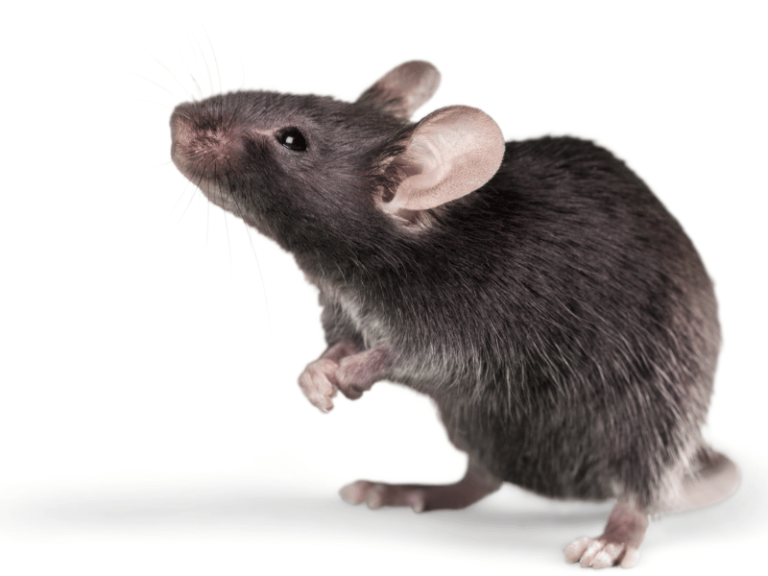The mole is a carnivorous animal that lives underground. It often digs nests in loose, damp soil, where it breeds its young. Even as the young moles grow up, they continue to live in underground tunnels, so moles have never seen daylight for generations.
Moles rarely build nests underground in clay or sandy soil. Their nests are surrounded by a network of interconnected tunnels that are often damp, making them conducive to the breeding of insects and earthworms. Because moles do not eat plant-based “vegetarian” foods and only feed on underground pests, they are beneficial to humans. However, since they feed on earthworms, moles frequently damage seeds, roots, and underground stems of crops when digging tunnels, affecting the normal growth of crops, making them harmful to humans.
Moles have a highly sensitive sense of smell and well-developed tactile senses. They have intimidating hairs around their mouths. Their ears lack external lobes, making them suitable for darting about in narrow tunnels. Moles have keen hearing but fear dirt particles entering their ear canals, so they often close their ear openings. Their bodies are short and stout, shaped like a blunt cone, with a short neck, slender waist, and a small yet powerful tail. These features have developed over time to adapt to their underground environment. They are covered in dense, short, smooth black-brown fur, with fur direction varying, making it easier for them to move in tunnels without friction against the walls. Their eyes have significantly degenerated. Initially, moles have relatively large eyes when young, but as their bodies grow, their eyes gradually shrink and eventually hide beneath the skin, resulting in complete visual degeneration, with only slight differentiation between light and dark.
Moles are not accustomed to sunlight because they never come to the surface over the years and thus have no exposure to light. The mole’s body temperature is only slightly higher than that of humans by two or three degrees. If exposed to direct sunlight, the mole’s central nervous system, which regulates body temperature balance, loses its function, causing rapid breathing and confusion in other organ functions. Therefore, when moles are startled and escape their burrows during field digging, they cannot withstand exposure to intense sunlight for even a short period, leading to immediate death if exposed for a longer duration.

